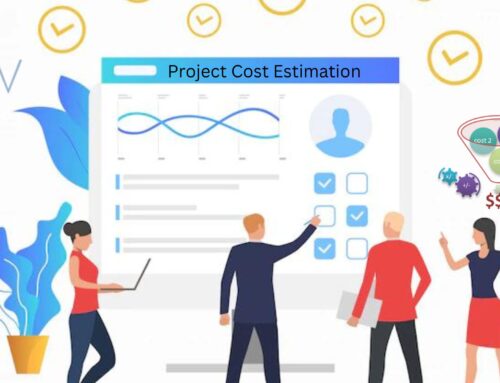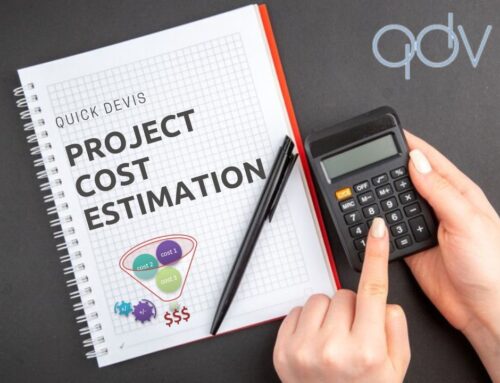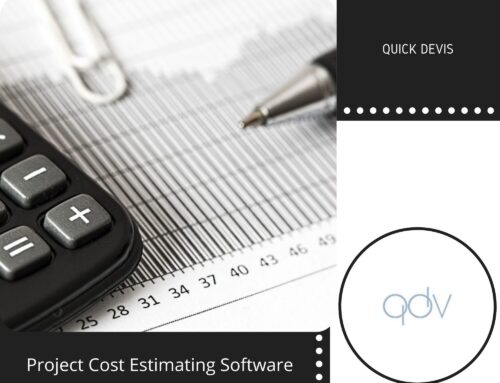Whether designing a new building on the Upper West Side, NYC, or developing a website for an upscale café in Hammersmith, London, everything starts with cost estimation. If a project needs to be successful, an accurate estimate of cost while measuring the resources required, is vital. It helps decipher the project objectives and the time limit required to complete it within a quantifiable budget.
Cost estimation is not a simple job. It is a well-versed discipline that requires attention to detail and careful evaluation. If you can understand the nuances involved in cost estimation and use standard techniques, you can accurately design estimate reports.
But how do you do so?
What is cost estimating?
In layman terms, cost estimating is simply a practice of predicting the cost involved in completing a project within a limited period. Professional estimators apply established techniques to make cost estimates. The companies then use these cost estimates to evaluate a project’s financial feasibility, the budget required, and observe spending. The success of the project depends highly on precise cost estimates. It also helps determine if the project should be carried out, its future scope, and prevent high-cost overruns.

Widely used Cost Estimating Techniques
Professional cost estimators use several estimating methods to develop exact estimates. Given below are some of the widely used Cost estimating techniques:
Analogous estimating: it is also called top-down estimation or historical costing because it uses historical project data to create estimates for recent projects. Analogous estimating is particularly helpful for an organization which carries out similar projects time and again. Estimators use the data collected from previous projects to draw parallels for new ones and adjust the costing according to the complexity and size of a project.
Bottom-up estimating: The technique is also known as analytical estimating. It is considered the most precise estimation technique given that a proper work breakdown structure is provided. Using a work breakdown structure, an estimator can divide the project into a series of smaller tasks. They then calculate the cost estimate to complete each task and then add up to create a cost estimate for the whole project. Thus, it is called the bottom-up approach. Project cost estimation software is programmed with Cost estimating techniques to help estimators prepare an accurate report with efficiency.
Parametric Estimating: A parametric estimating technique is widely used for projects that contain comparable tasks with stable repeatability. The method can create precise estimates by applying unit costs. It divides the project into several work units, and then the estimator decides the Cost per unit. The number of units and the cost per unit is then multiplied to define the total cost. The process involves precise estimating and price analysis, and it needs the Cost per unit to be accurate to create the right estimates.
New-age of project cost estimation software
With fast industrialization and technological advancements, there was a need for accurate estimation. There was also a need for software that can make estimation a fast and precise process. Hence, project cost estimation software like Quick Devis, was created to offer excellent usability, efficiency, and accuracy.





[…] Quick Devis, Farnborough. Using Work Breakdown Structure (WBS) with Cost Modeling Software. Quick Devis in Farnborough, England – Business Financing. Advanced Cost Estimating Software – Quick Devis. Project Cost Estimation software – Everything You Need to Know. […]
[…] With fast industrialization and technological advancements, there was a need for accurate estimation. There was also a need for software that can make estimation a fast and precise process. Hence, project cost estimation software like Quick Devis was created to offer excellent usability, efficiency, and accuracy. […]